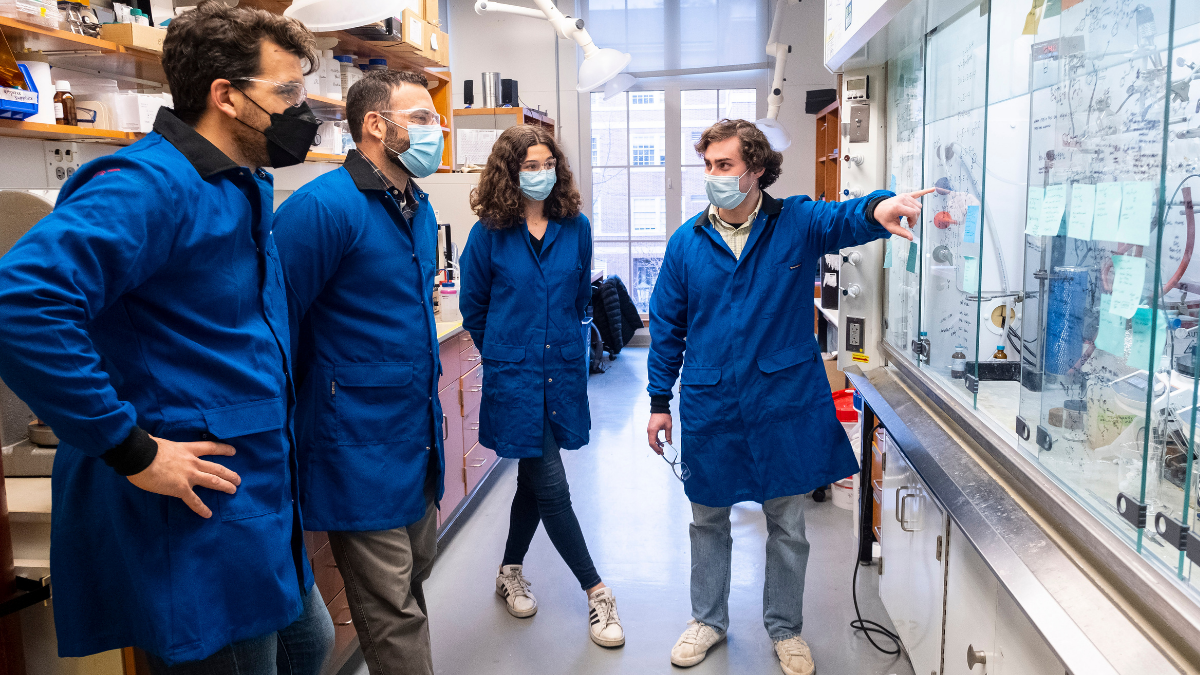United States – University of North Carolina chemists have flipped the script by discovering a way to break down plastics and create a new material that is stronger and tougher than the original – meaning that it could be more expensive.
According to a 2020 study, the United States generates the most plastic trash of any country, with an estimated 46.3 million tons, or 287 pounds, per person per year. It is impossible for the current recycling rate of 9 percent in the United States to keep pace with the increasing demand. Why is the price so low? Because of the chemistry involved, today’s plastics are nearly impossible to recycle. Reusing thermoplastics, even those that can be melted down, causes them to weaken. Ultimately, the biggest obstacle to recycling is the cost.
Professor Erik Alexanian of the University of North Carolina at Chapel Hill and Leibfarth described a method for completing the plastic recycling cycle. Some of nature’s strongest chemical bonds are carbon-hydrogen ties. As a result of the stability, natural products are difficult to turn into medicines and commodity plastics are difficult to recycle.
Polymers, the building blocks of modern plastics like grocery bags, soda and water bottles, food packaging, automobile parts, and toys, can be extended beyond single-use plastic by modifying the carbon-hydrogen bonds that are common in polymers. Because they had discovered a new reagent that could remove hydrogen from pharmaceuticals and polymers, UNC chemists were now able to form new bonds in previously thought to be inert regions.
Super-absorbent polymer
Carolina University’s Leibfarth Group is dedicated to developing polymers that are more intelligent, more useful, and more environmentally friendly. The team developed a super-absorbent polymer with the help of the NC Policy Collaboratory that can remove hazardous chemicals from drinking water. In order to create high-value classes of polymers from difficult-to-recycle plastic waste, researchers planned to use the innovative approach.
In the beginning, they used plastic foam packaging that is used to protect electronic devices during shipping. High Cube, a Durham recycling company, provided us with some post-consumer foam samples. The foam is made of commercial polyolefin, a low-density plastic.
Single-use plastic
The chemists came up with a way to extend the life of the single-use plastic into a high-value plastic known as an ionomer by selectively pulling hydrogen atoms from polyolefin. Dow’s SURLYNTM is a popular ionomer used in a wide range of food packaging applications.
“Downcycled” products like carpet and polyester clothing may still end up in landfills after being recycled. Turtles may mistake ocean plastic for food if it is discarded in waterways. Polymers can be recycled over and over again if the chemistry can be applied to them repeatedly, “changing the way we look at plastic,” Leibfarth said.
Research was supported by the National Institute of Health, the Air Force Office of Scientific Research, the National Science Foundation, and the University of North Carolina’s Chemistry department.




